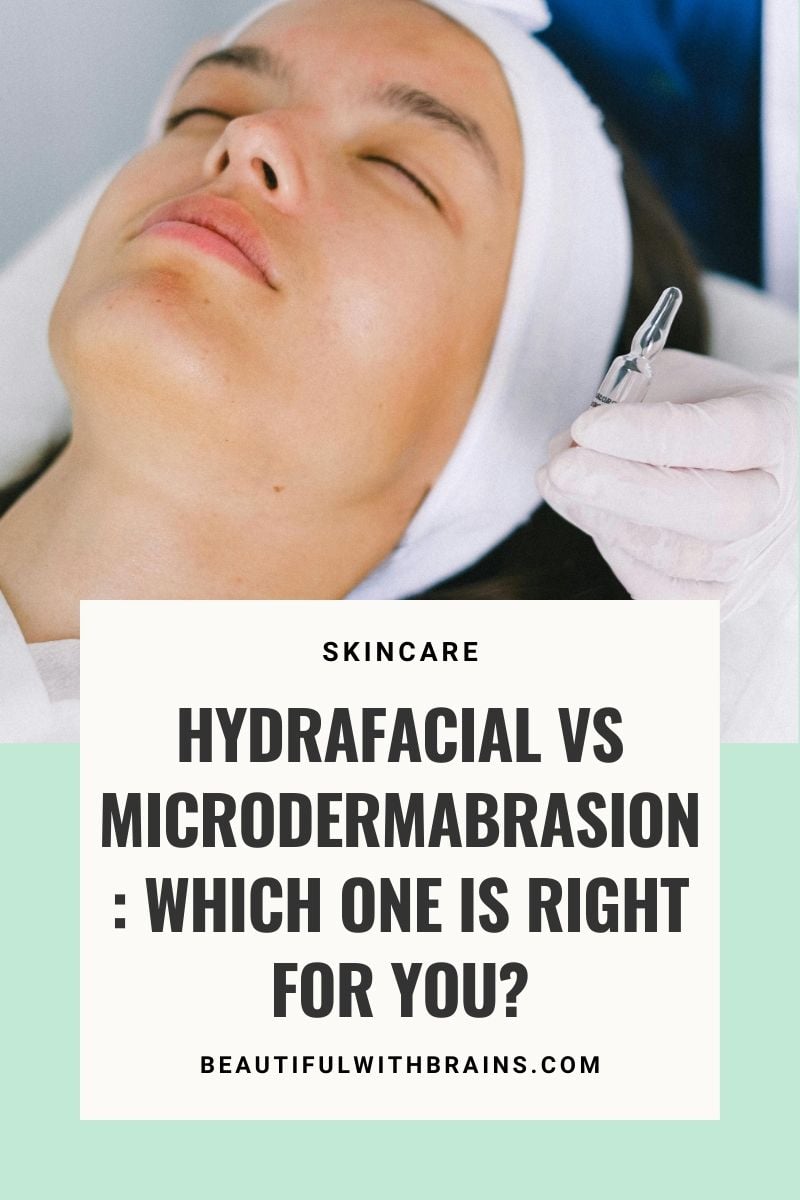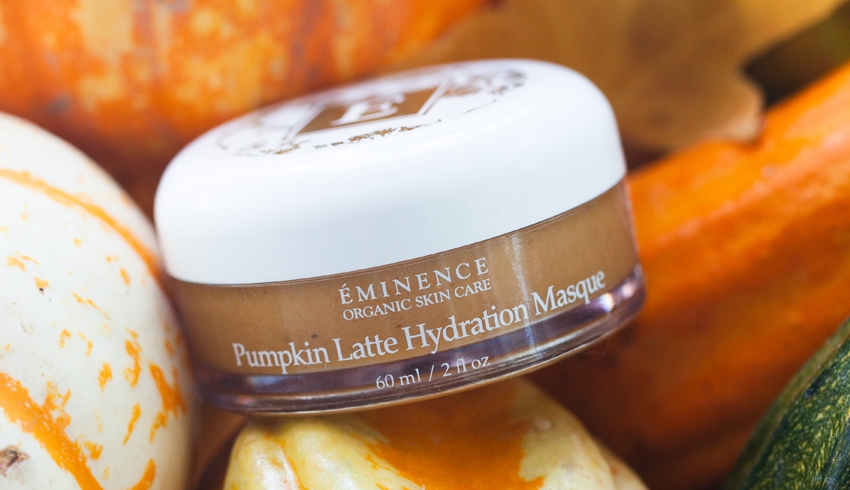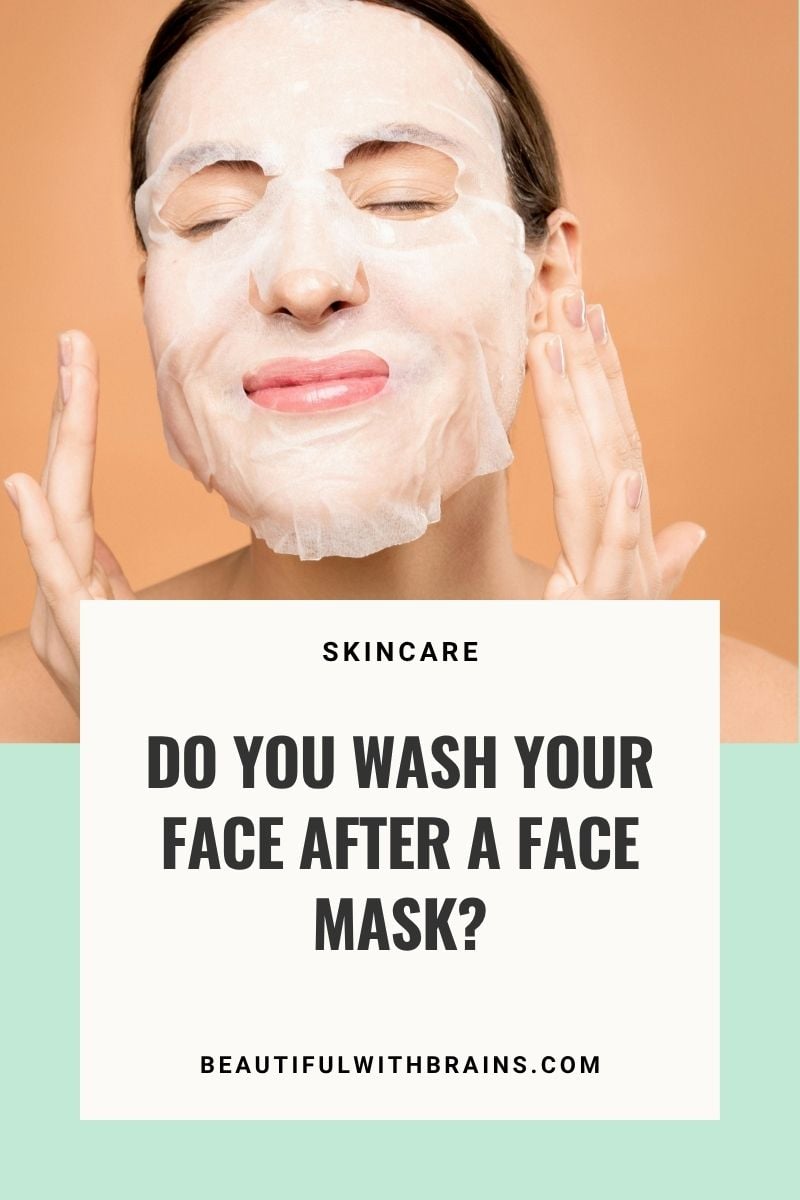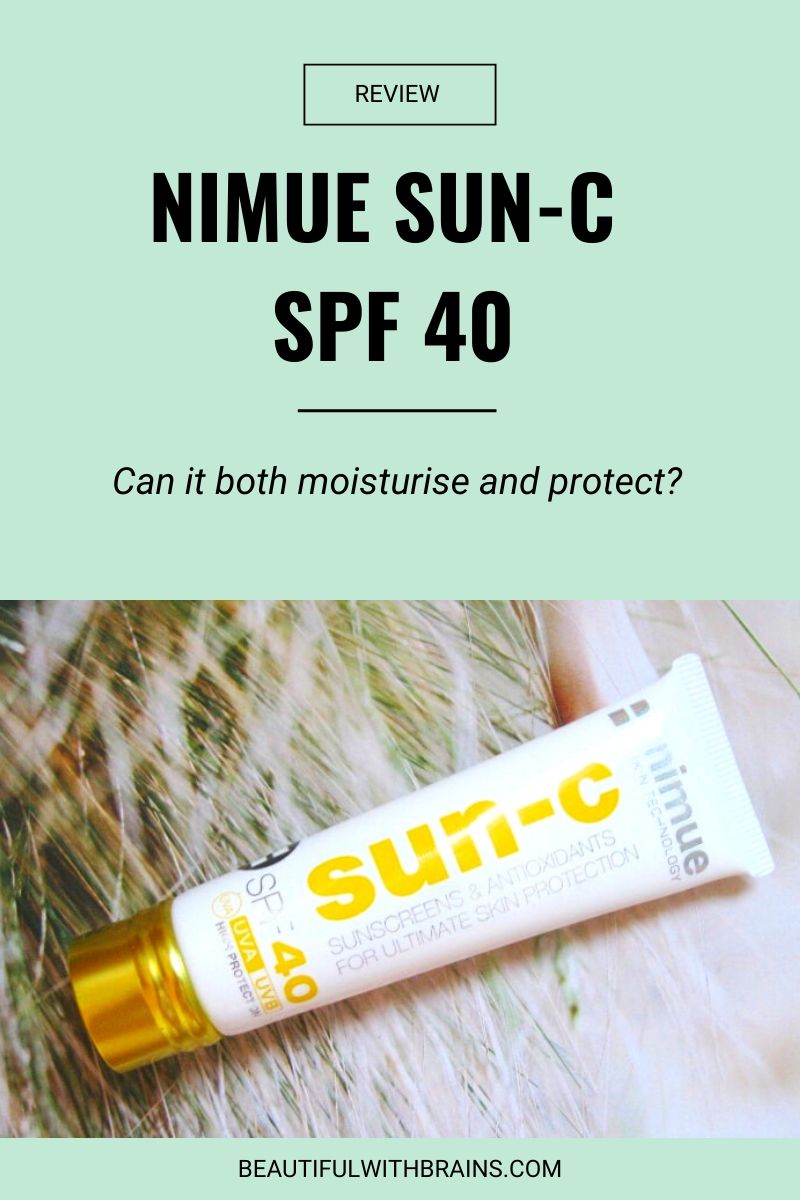
You’re scrolling through treatment menus or Googling “HydraFacial vs microdermabrasion” and wondering, okay, which one is actually worth dropping money on? They both get hyped by clinics, they both claim smoother skin and fewer fine lines, and honestly, the names alone sound confusing if you’re not in skincare land every day.They’re not the same thing at all. HydraFacial is basically the bougie one: it’s like your skin gets the whole works: wash, scrub, a bit of acid, a vacuum to suck the junk out, then a flood of serums like hyaluronic acid so you leave looking extra shiny.
Microdermabrasion is way simpler. Someone takes a little wand with either a diamond tip or shoots fine crystals at your face and just scrapes off that layer of dead skin cells sitting on top. One feels high-tech and extra, the other feels more like, “yep, we’re literally sanding your face.” Both can help, but which one you pick depends on what’s driving you nuts-acne scars, uneven skin tone, dark spots, or just the fact your skin looks tired and blah.
The Science Of Microdermabrasion: Buffing Your Face, Literally
This one’s been around forever because it works in a straightforward, no-frills way. A microdermabrasion facial is basically mechanical sanding. A skincare professional runs a handheld device across your face that either shoots fine crystals or uses a rough diamond tip. The goal? Strip away the crusty layer of dead cells sitting on your skin’s surface.
Why it matters: Skin naturally hangs on to old cells, which makes you look dull and uneven. Buff them off and boom-brighter complexion. Basically, the scraping freaks your skin out just enough that it starts cranking out more collagen. That’s the stuff that keeps things plump, so with time it can make little lines look softer. And because you’ve just had the top layer sanded off, your skin’s like a sponge-anything you slap on after (like a hyaluronic acid serum) actually sinks in instead of just sitting there useless. It’s not fancy science. It’s literally “scrape it, make it work harder.” But that’s why clinics still use it when people want smoother acne scars, less sun damage, or just a reset without going hardcore into a full chemical peel.
What it feels like? Honestly, kind of like a gritty little vacuum dragging across your face. Not painful, just weird. The scratchy diamond tip plus suction combo is noticeable, like a cat’s tongue if it had better suction power. Strange, but you get used to it. After a single session you’ll touch your face and be like, holy crap, it’s smooth. Almost slippery. You might leave looking a bit flushed-slight redness is normal-but it calms down quick. The glow is instant, but let’s be real: if you’re trying to tackle dark spots or deep acne scars, one trip isn’t going to cut it. You’ve gotta stick with it. The suction plus the scratchy diamond tip is noticeable, but not painful. Most people say it feels like a cat licking you with its sandpaper tongue. Weirdly specific, but accurate.
Related: Hydrodermabrasion VS Microdermabrasion: Which One Is Right For You?
Struggling to put together a skincare routine that minimises wrinkles, prevents premature aging, and gives your complexion a youthful glow? Download your FREE “Best Anti-Aging Skincare Routine” to get started (it features product recommendations + right application order):
The Science Of HydraFacial: Techy, Extra, And Kind of Addictive
HydraFacial is the opposite vibe. It’s not “sand down and call it a day.” It’s a multi-step treatment where a specialized device does the heavy lifting. The machine uses unique vortex technology-basically a mix of suction and fluid delivery-to give you the works. Here’s the run-through:
The big flex of HydraFacial is that it’s customizable. If your primary concern is dryness, they load you up with hydration. If it’s uneven skin tone or dark spots, they can add brightening boosters. It’s marketed as a gentle yet effective treatment because you’re exfoliating and hydrating at the same time, which is rare.
What it feels like? Forget scratchy crystals. HydraFacial feels like a wet paintbrush moving across your skin with a little suction behind it. The peel tingles slightly, but it’s nowhere near a hardcore chemical peel. And the serum part at the end? Feels cooling, like your skin just drank a gallon of water. People book it right before weddings, dates, or any special event because there’s basically no downtime. Maybe some slight redness, but usually you leave looking better than when you walked in. The glow is instant.
Related: My Review Of Hydrafacial: Is It Really Worth The Hype?
Side Effects & Downtime
Neither of these treatments is going to wreck your week, but don’t expect to bounce out of the chair looking like a retouched ad either. The aftermath feels different depending on which route you take.
With microdermabrasion treatment, your skin has literally just been sanded, so of course it feels tight and a little raw. Imagine you’ve over-scrubbed with one of those gritty face scrubs, but on steroids. Some people get that squeaky-clean, “my face is too small for my skull” tightness. Others just feel dry and itchy for a day or two. A bit of slight redness is almost guaranteed, and if you’ve got naturally sensitive skin, you might feel like your face is sunburned even though you didn’t step outside. That’s why clinics always tell you to baby your skin afterward: skip the strong actives like retinol, pile on the moisturizer, and definitely use sunscreen unless you want the whole thing undone by five minutes of sun. The upside is, the irritation dies down quick, and if you commit to multiple sessions, you’ll notice those acne scars softening and that stubborn sun damage not looking so obvious anymore.
Now, a HydraFacial treatment is way kinder in the short-term because it doesn’t end with your skin stripped bare. It ends with your face drowning in hydrating serum and antioxidant protection. That means less irritation, fewer flare-ups, and you usually walk out looking better than when you walked in. But here’s the catch: the glow isn’t permanent. You’ll feel amazing for a week or two-plump, smooth, bouncy, but if you don’t keep booking them, your skin slowly slides back to its baseline. Think of it as a rental glow, not a permanent upgrade.
Neither one is a miracle. They’re tools. If you want real change, you’ve got to commit. Both are non-invasive skin treatments, both come with minimal downtime, but long-term payoff only happens if you stick with it.
Hydrafacial VS Microdermabrasion: Who Each One Is Actually Good For
If your skin is thick, textured, and you’ve got stuff you want literally resurfaced-acne scars, uneven skin tone, years of sun damage-then microderm is your friend. It’s rougher, but it gets into those issues in a way HydraFacial doesn’t. It’s also a good entry point if you’re not ready for lasers or a full-on chemical peel but you know your skin needs more than a drugstore scrub.
HydraFacial, on the other hand, is for the instant gratification crew. If your skin looks dull, if makeup isn’t sitting right, if you’ve got a special event tomorrow and you need people to ask what foundation you’re using when you’re not even wearing any-that’s where it shines. It’s also the safer bet if your skin freaks out easily because the whole process is a gentle approach. It gives you immediate results without the “hide in your house for three days” downtime.
The Money And Commitment Side
Let’s talk cash. A HydraFacial will almost always hit your wallet harder than microderm. You’re paying for the tech, the serums, the multi-step process, the whole spa-like production. But you also get that instant glow after a single session, which is why people don’t flinch about the price when they need to look good for something important.
Microdermabrasion, on the other hand, is usually cheaper per session, but it’s a series game. One appointment is like mowing the lawn. You’ll notice it looks better, but to really change the way the “grass” grows, you’ve got to keep at it. For best results on scars or pigmentation, you’re looking at several treatments spaced out. So yeah, it’s the “slow and steady” option, but over months it adds up too.
HydraFacial = instant gratification with a bigger price tag. Microderm = cheaper entry point, but you need more sessions to see significant results. Pick your poison depending on your budget and patience level.
The Bottom Line
Neither one is magic. HydraFacial is like renting a glow. You walk out juicy and hydrated but it fades if you don’t keep it up. Microdermabrasion is sanding. You don’t see your face transform overnight, but it chips away at scars, roughness, and fine lines if you stick with it. So the right choice really comes down to your skin goals. Quick fix for a special event? Go HydraFacial. Long-term texture overhaul? Go microderm. And if you can’t decide, that’s what a skincare professional is for. They’ll look at your skin and tell you straight: you need sanding, suction, or both. Either way, you’re not wasting your money on another “miracle” serum that promises the world and delivers nothing. You’re actually doing something that makes your skin’s appearance better in real life.










